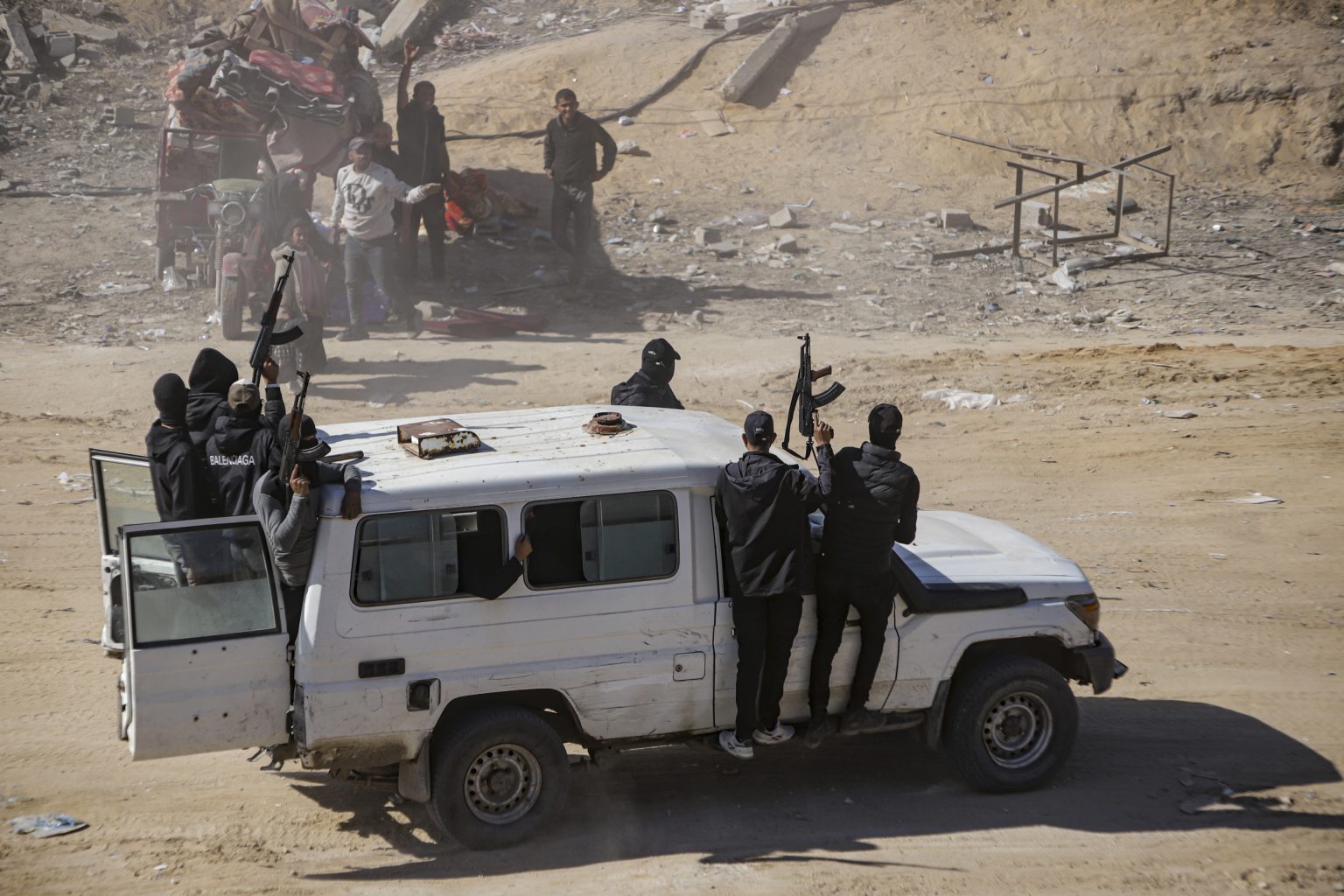The fragile ceasefire between Israel and Hamas, now in its nascent stages, has ushered in a period of cautious optimism, marked by a substantial influx of humanitarian aid into the besieged Gaza Strip. While the truce aims to provide a minimum of six weeks of respite from the devastating conflict, its longevity remains uncertain, with even US President Donald Trump expressing skepticism about its endurance. At the heart of this tentative peace lies the contentious issue of the Rafah border crossing, the sole international gateway for Gaza. Israel’s insistence on retaining control over this crucial passage underscores its continued security concerns and its determination to oversee all cross-border movement, a stance that has implications for the long-term stability of any peace agreement.
The Israeli government’s decision to maintain control over the Rafah crossing during the initial phase of the ceasefire effectively allows it to regulate the flow of people and goods in and out of Gaza. While Palestinian Authority personnel will be present to stamp passports, the ultimate authority rests with Israel, which will vet individuals and scrutinize all traffic. This arrangement, while potentially frustrating for Palestinians seeking greater autonomy, reflects Israel’s deep-seated security concerns, particularly given the recent Hamas incursion and the ongoing threat of militant activity. The presence of European Union monitors is intended to provide a degree of international oversight and ensure that the crossing operates in accordance with agreed-upon protocols. However, the fundamental power dynamic remains unchanged, with Israel retaining the final say.
The ceasefire agreement has paved the way for a significant increase in humanitarian assistance reaching Gaza. The United Nations has reported a steady flow of aid trucks entering the Strip, carrying vital supplies for a population grappling with the devastating aftermath of the conflict. This influx of aid represents a lifeline for Gazans, providing much-needed food, medical supplies, and other essential resources. While reports of minor looting incidents have surfaced, the overall process has proceeded relatively smoothly, highlighting the urgent need and the collaborative efforts of international organizations, governments, and private entities to address the humanitarian crisis. The volume of aid surpassing the initially stipulated amount further underscores the severity of the situation and the international community’s commitment to alleviate suffering.
The recent conflict, triggered by a deadly Hamas incursion into Israel on October 7, 2023, resulted in a significant loss of life on both sides. The attack, which claimed the lives of approximately 1,200 people in Israel, mostly civilians, and resulted in the abduction of around 250 individuals, sparked a swift and forceful Israeli military response. While many hostages have since been released or their remains recovered, the fate of those still held captive remains a pressing concern. The ensuing conflict exacted a devastating toll on Gaza, with Palestinian health authorities reporting over 47,000 deaths, a staggering figure that underscores the human cost of the conflict and the urgent need for a lasting peace. The high proportion of women and children among the casualties further highlights the indiscriminate nature of the violence and its impact on the most vulnerable segments of the population.
The ceasefire, while providing a temporary reprieve, remains fragile and fraught with uncertainties. President Trump’s skepticism reflects the broader international concern about the viability of the agreement and the potential for renewed hostilities. The underlying issues that fueled the conflict remain unresolved, and the deep-seated mistrust between the two sides poses a significant challenge to long-term peace. The success of the ceasefire will hinge on the commitment of both parties to uphold its terms and engage in meaningful dialogue to address the root causes of the conflict. The international community plays a vital role in facilitating this process and providing support for the reconstruction and recovery of Gaza.
Looking ahead, the focus must shift from managing the immediate aftermath of the conflict to addressing the long-term needs of the Palestinian people and forging a path towards a sustainable peace. The influx of humanitarian aid is a crucial first step, but it is not a substitute for a comprehensive and lasting solution. The international community must work with both Israel and the Palestinian Authority to create conditions conducive to a just and equitable resolution, one that addresses the underlying political and economic grievances that fuel the cycle of violence. This includes ensuring the free movement of people and goods through the Rafah crossing, promoting economic development in Gaza, and fostering a climate of trust and mutual respect. Only through sustained diplomatic efforts and a commitment to addressing the root causes of the conflict can a lasting peace be achieved.

